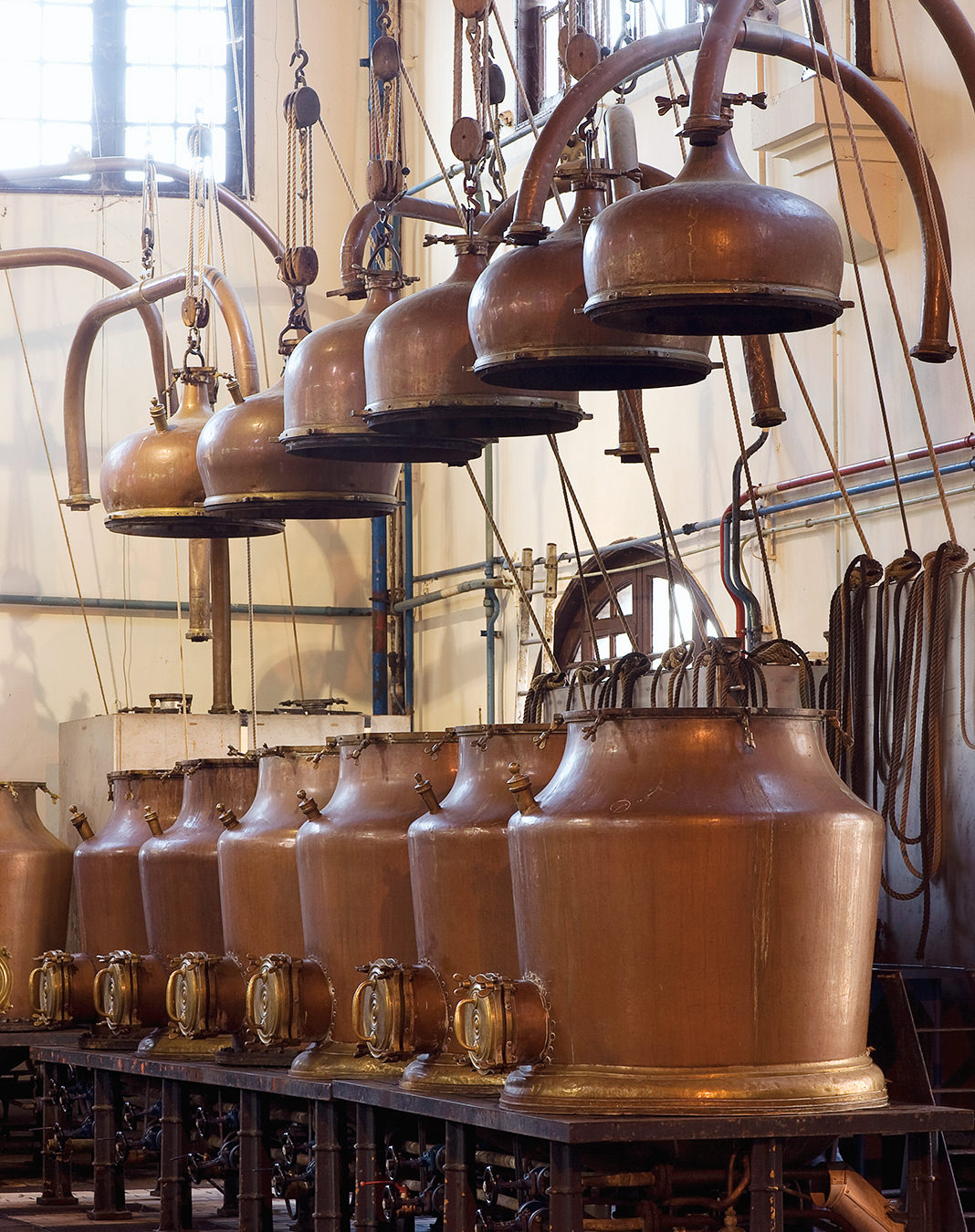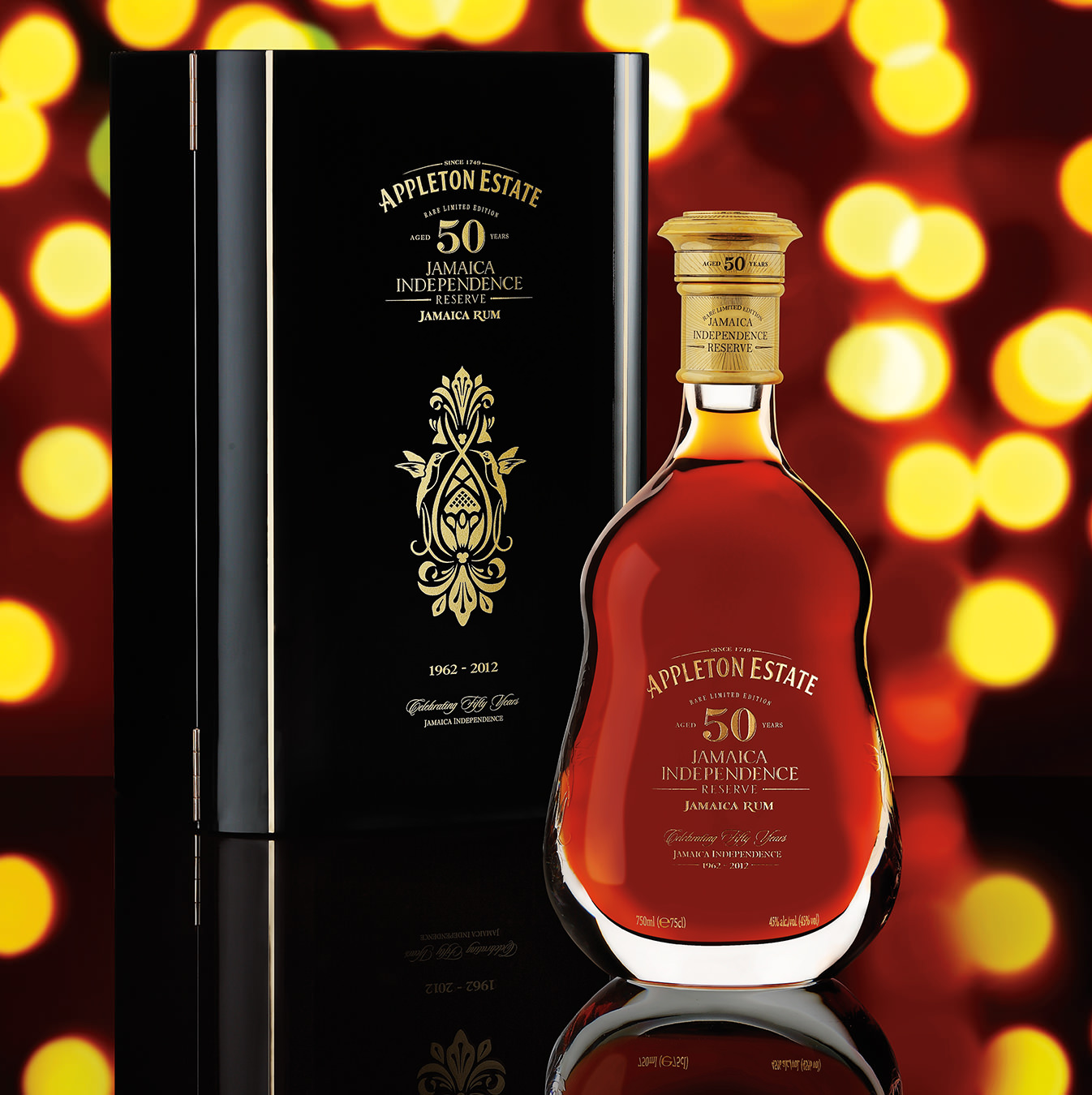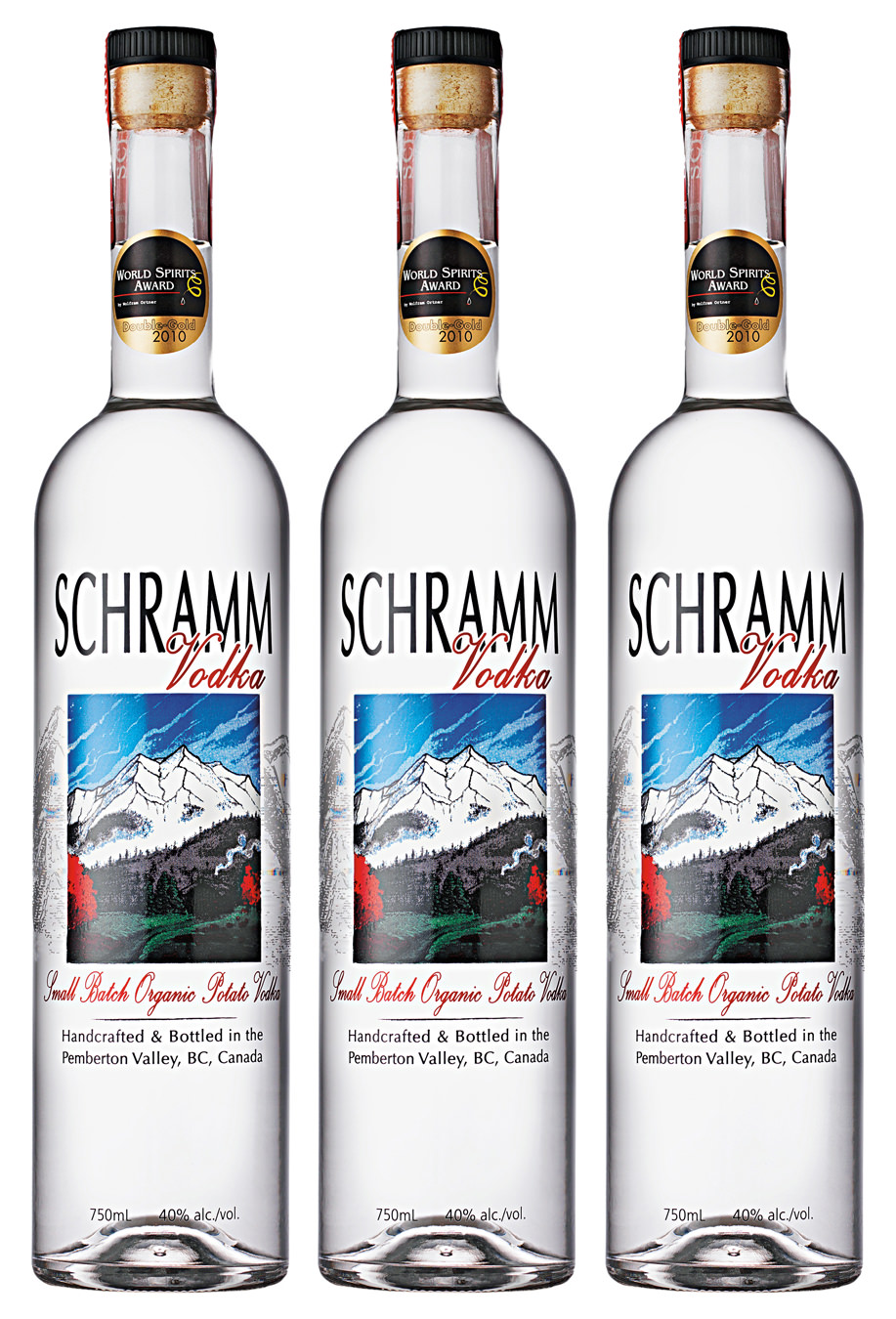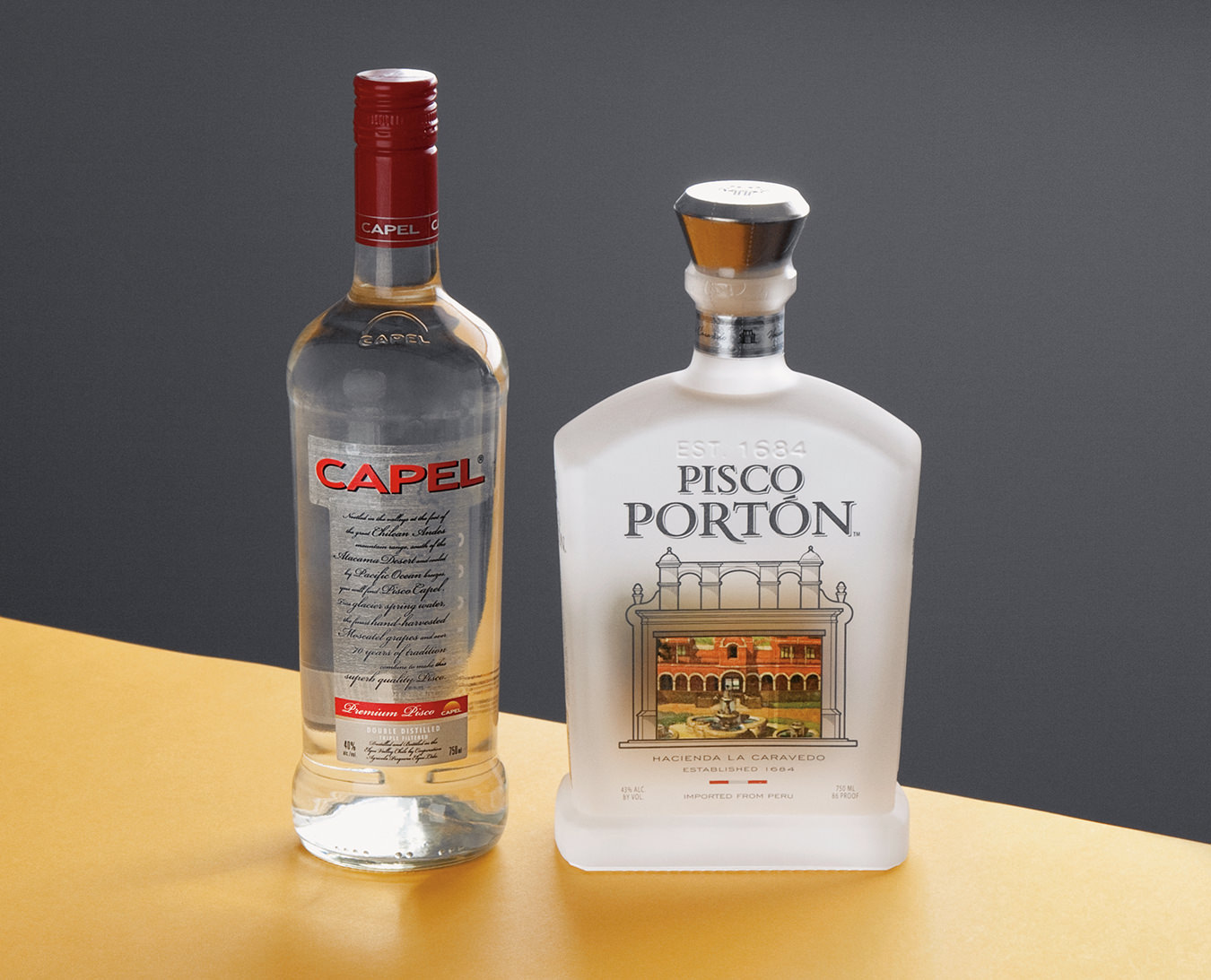Armagnac
The oldest brandy in France.
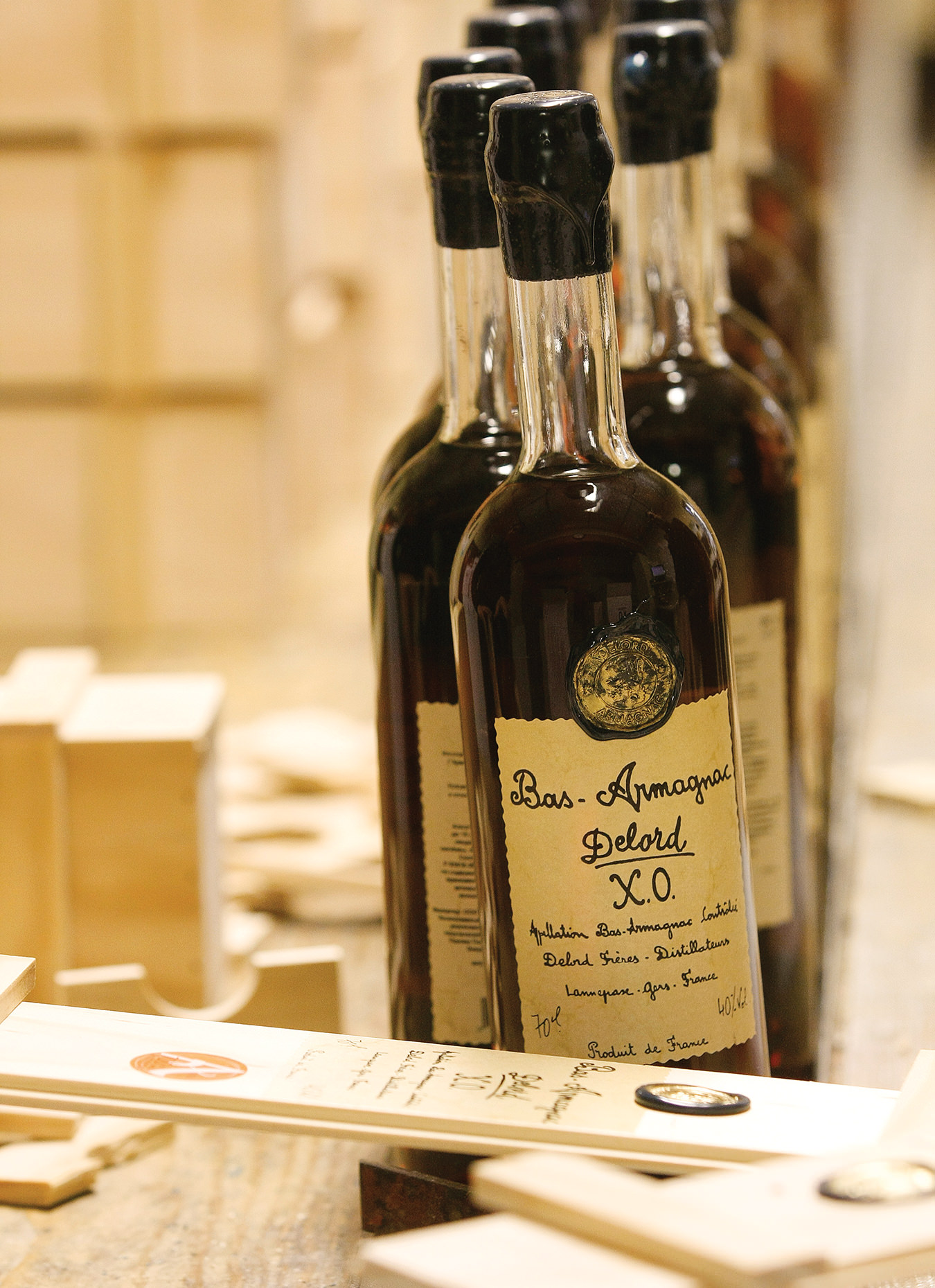
There’s just no denying that cognac is better known than Armagnac. Both are brandies, created by distilling wine, and they’re made in regions only 100 kilometres apart at their closest points. But cognac is dominated by four big brands, while Armagnac is more often artisanal. Cognac turns out massive volumes; the volume of Armagnac produced annually is just twice the amount lost by evaporation from barrels each year. And while almost all cognac is exported, making it a globally recognized name, nearly half of the much smaller production of Armagnac is consumed in France.
But most importantly, they are different products, each with signature aromas and flavours, and it is these distinctive qualities that make Armagnac worth looking for.
Armagnac is made in the Armagnac region in Gascony, in the southwest of France, which lies close to the Pyrenees and between the Atlantic and Mediterranean. It’s a region of gently rolling hills where vineyards share space with cereals and livestock, including ducks and geese raised for foie gras. Many of the 500 independent Armagnac producers (there are also 300 co-operatives) are farmers who operate on such a small scale that it is not worth their while owning distilling equipment. Instead, they use tractor-drawn mobile distilleries. (One significant difference between Armagnac and cognac is that the former is distilled just once, using a relatively low percentage of alcohol, as opposed to twice-distilled cognac, which uses a higher percentage of alcohol.)
Once distilled, Armagnac is aged in barrels—new at first, and then, once the eau-de-vie has taken on enough wood, transferred to older ones. It may stay there for up to 50 years before being transferred to glass demijohns. Barrel time softens the Armagnac and gives it colour, and it is so important that Armagnac is graded by years in barrel: VS must spend at least one year in barrel, VSOP four years, and XO six years, while Hors d’Age must spend 10 years or more. Vintage-dated Armagnac has to be made from a single harvest and aged at least 10 years in wood.
When aging in barrels is complete, Armagnac is transferred to the glass containers, where the aging ceases, although oxygen may lead to subtle evolution in flavours. In many distilleries, the floors are covered by dozens of demijohns with tags indicating that the Armagnac in them derives from vintages as old as the 1880s.
Some distilleries, like Delord, bottle these older vintages to order, and you can wait while your 1900 Armagnac—priced at $3,000 (Canadian) for 70 millilitres—is bottled and the closure sealed with wax. Others, such as Janneau, have shelves in their cellars stocked with thousands of dusty bottles. There, cellar master Philippe Sourbes climbs a ladder to retrieve a rare bottle from 1893, but closer to hand are dozens of bottles from 1942, reflecting the vagaries of vintage and demand.
Armagnac easily handles these long periods in wood and glass. The Castarède Armagnac from 1888 is elegant through and through, with complex flavours of dried fruit, while the 1893 shows similar style and texture. The 1934 vintage, deep amber in colour, shows full-on fruit, like figs and prunes, in the flavours.
But the relatively juvenile Armagnacs, those with only a few decades of age, also go through their paces well and demonstrate the range of styles that Armagnac achieves. At De Montal, the XO Bas-Armagnac (from one of Armagnac’s three sub-regions) shows a quite spicy overlay, and the stylish 1973 vintage delivers the characteristic dried fruit with hints of orange peel. Janneau’s 18-Year Single Distillery Grand Armagnac is rich and smooth with hints of vanilla on the fruit. Meanwhile, Samuel Havion, who makes Armagnac at Vasconia, has a 1985 Bas-Armagnac with distinct notes of smoke and rancio.
At Château du Tariquet, the Armagnac XO (aged more than twice as long as the minimum six years) is slightly viscous and smooth in its texture, rich and complex in flavours. Tariquet’s Armagnac du Centenaire, aged in barrels for 23 years, is something else, with its sweet flavours of roasted dried fruit and orange and cask-strength alcohol of 53.5 per cent. (Most Armagnac has 40 per cent alcohol.) Armin Grassa, of the family that owns the distillery, describes it as “an iron fist in a velvet glove.”
Armagnac producers take pride in its historic roots; it was first made about 700 years ago—many years before cognac, they point out—and the adoption of the alembic distilling apparatus reflects the influence of the Moors in Gascony. Much is made of the Three Musketeers, royal guardsmen made famous by 19th-century writer Alexandre Dumas. Musketeer d’Artagnan, the hero of his novel, was from Gascony, and the alembics at De Montal are named for his three friends, Athos, Porthos, and Aramis.
But being conscious of history does not rule out innovation. Apart from regular amber Armagnac, there’s a new clear style: Blanche d’Armagnac, the newest distilled spirit officially recognized in France (in 2005), widely used as a base for cocktails. And producers are customizing some Armagnacs for new markets, including slightly sweeter versions for Asia.
Armagnac is more niche than mass market, and it is far from a household name. But it’s well worth investigating for its distinctiveness and multifaceted personality.

